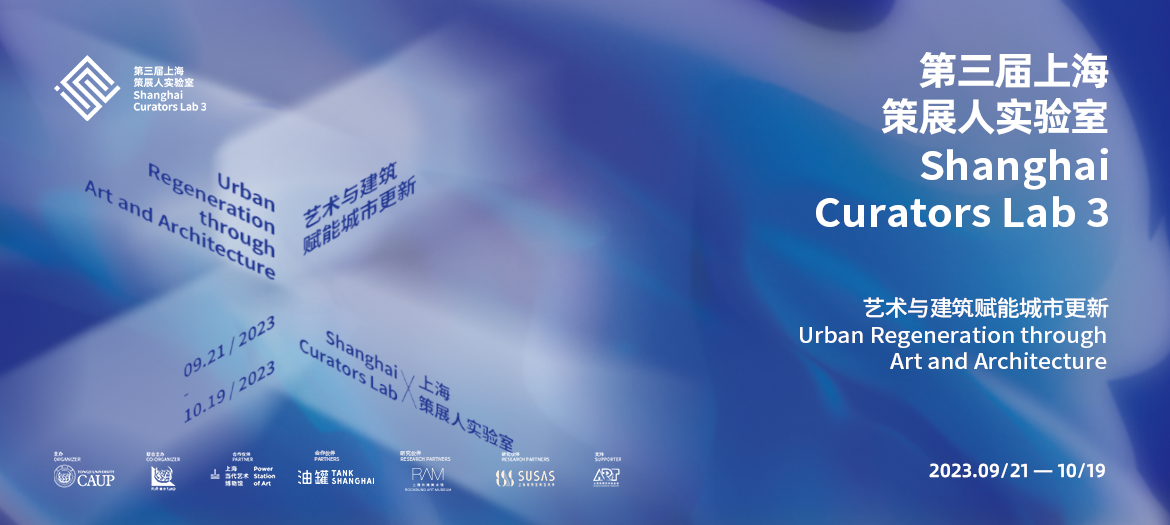
Graduated from the School of Fine and Performance Arts, Brock University in Ontario, Canada, Department of Visual Arts, majored in Curatorial Studies and Arts Management in 2008. Completed the International Curators Independent (ICI) Course in 2012.
Worked in the Education Department of the Art Gallery of Ontario (AGO) and Arta Gallery in Toronto, Canada from 2008-2009; served as Secretary General of the Shanghai Himalayas Cultural and Arts Foundation, Director of the Exhibition Department of the Shanghai Himalayas Art Museum, and Operation Director of teamLab Borderless Shanghai from 2010-2020. Currently, he is the Artistic Director of Shanghai MLS Cultural Consulting Co., Ltd. and curator of Shanghai Jiushi Art Museum.
Some selected curatorial practices are as follows: the 9th Shanghai Biennial, Zhongshan Park Project, On the Way Home – the Exhibition in the Pudong International Airport (2012), Assistant Curator; Return to the Root: Contemporary Art Program in Pudong International Airport (2013-2017), Program Director; Have a Plan: Young Artists’ Development Program (2015-2016), Program Director; Ink at Present Day: Contemporary Ink Art Exhibition (2017), Curator; Miracle: the Bellini Family and the Renaissance (2017), Exhibition Director; Landscape in the Nation of Buddha, Series 1-2 (2018), Exhibition Director; Annual Exhibition Program of Jiushi Art Museum (2018 to 2023), Program Director; Scream & Respond: Edvard Munch Prints and Paintings Exhibition (2020), Curator; Stare: Exhibition of Realistic Painter Pietro Annigoni (2021), Curator; Love is the Color: Marc Chagall Exhibition (2021), Curator; Giorgio Morandi Exhibition, Executive Curator (2022); 400 Years of Western Figure and Portraits Paintings (2023), Curator; The Wonderful World of the Naïf Painters Exhibition (2023), Curator.
Part I:
Constructing a Friendly and Immersive Exhibition Environment
The Curatorial Work Begins the Moment of Visitors Enter the Building
Today's metropolitan cultural life is increasingly prosperous, and exhibition projects emerge in endlessly. The thinking about the exhibition itself has also been upgraded from purely about the content of the exhibition to the reconstruction of the relationship between content and space, architecture, audiences, and audiences with the space or architecture. Then, as curators, we also need to extend our "cultural content universe" and "information system" we want to build beyond the exhibition theme and exhibits. When planning an exhibition project, we need to build the direct contact with the space building, audience groups and even the city’s cultural lives where we currently located. Through the planning and completion of the immersive exhibition project teamLab Borderless Shanghai with the full participation of the speaker from 2019 to 2020, discussing the contents of the exhibit itself is no longer the only core element of the curatorial work. All thinking and works will start with "audience orientation", an all-in-one immersive mode, which we could possibly invite our audiences to join with us.
Part II:
Exhibition as a Machine
In the past 15 years of experience in exhibition projects, I have a deep understanding of how the exhibition itself operates as a sophisticated machine. To make a machine work, it is necessary to mobilize every system and component of itself. The curatorial work also requires the curator to unlock different "functional capabilities" at different stages so as to mobilize the entire team to work closely together to achieve the ultimate goal. Starting from "an idea", a good curator needs to successively unlock its different functions such as "social networking", "finance", "aesthetics", "management & coordination", "promotion" and "public service" to make a concept into practice and results.

